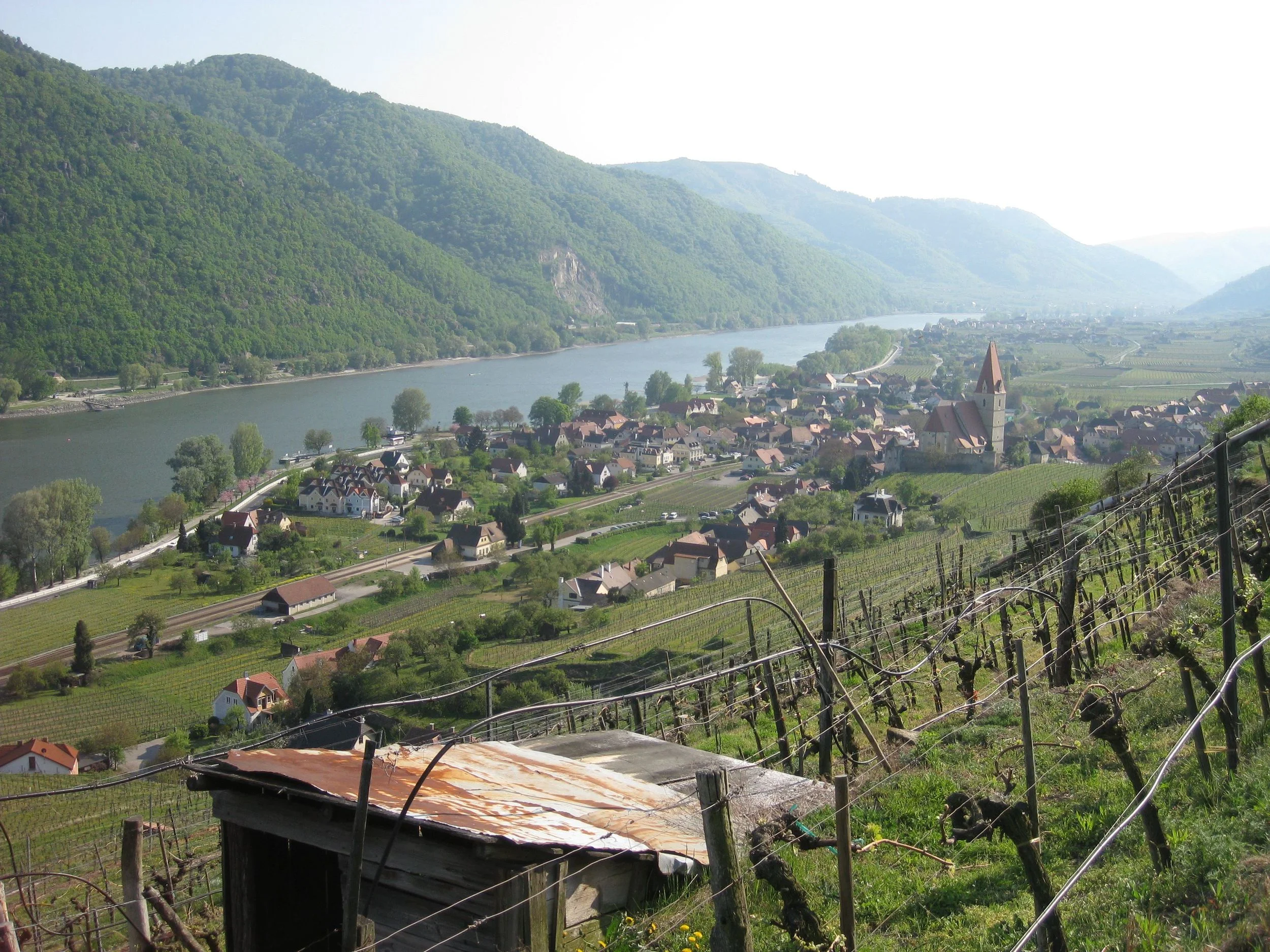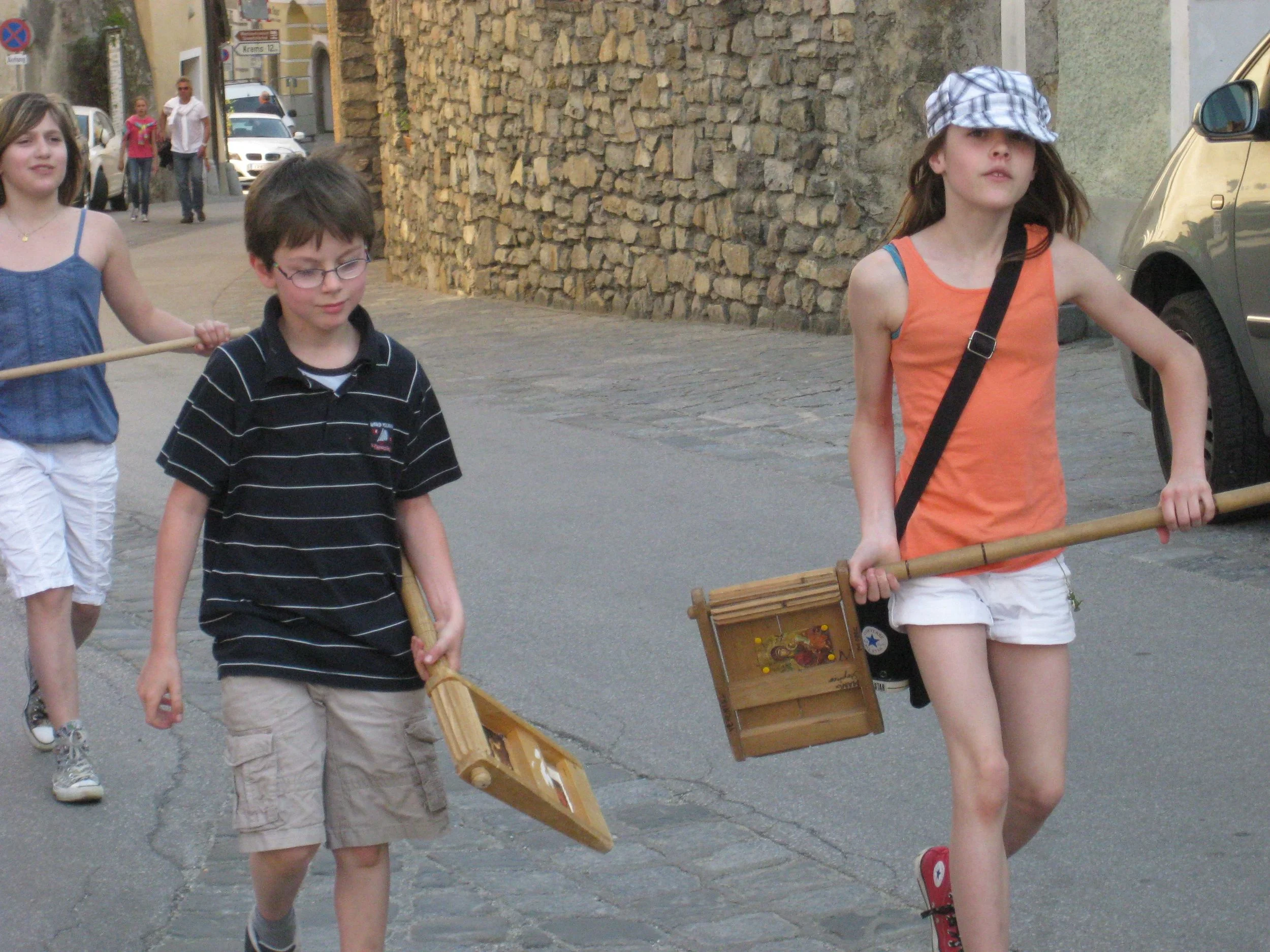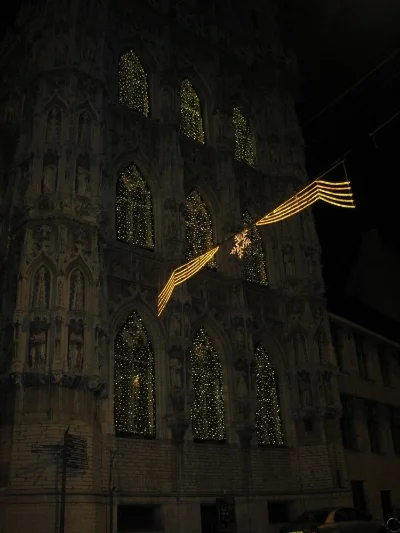Happy spring! The weather has been unseasonably beautiful and dry this month. Many of the older people say it is the warmest spring they can remember. So we are also having unusual weather in Belgium and thankfully, not the storms of the US. The extended daylight of May through August starting at 530 and lasting until 1000pm, more than make up for the grey and rain of winter.
I wanted to update you on one of my most recent trips.
Easter is an important holiday here and most people take a week off to travel either before or after Easter. The children also have a two week break from school. With six weeks of government mandated vacation, families are able to take lengthy breaks over holidays.
My break was shorter but very pleasant. I flew to Vienna on Good Friday and took the train to an area about an hour and a half outside of Vienna. I met a former intern who worked for me on Capitol Hill and is now a Director with Swiss Re in Zurich. His career has certainly flourished more than mine! We spent 3 days with friends of his who have a vineyard in a small village called Wiessenkirchen located on the Danube.
The family lives in a traditional farmhouse which means it is located in the city. It is built like a box with a center courtyard and a large door that leads to the interior. Half is the family residence and the other half is used as a barn and machine storage area. He farms 5 hectares or 2.5 acres of grapes and produces Grüner Veltliner, which some of you may have sampled in the US. The farmhouse was built around 1190 and the great-grandparents of the family moved into the house in 1830. Outside of electricity and indoor plumbing, I am not sure much has changed with the family compound.
Because it was Easter weekend, much of the activity revolved around church services. I arrived early afternoon on Good Friday. The children were walking through the streets swinging a type of wooden clapper saying a quote about the coming of the Savior. In the Catholic Church, no bells ring between Holy Thursday and the Easter Vigil, which is the Saturday night before Easter. Needless to say, the children rang the wooden clappers with great relish for those two days. Probably one of the few times they were allowed to make as much noise as they wanted. If any of you have traveled in Europe, you know that the church bells are the time keeper in a community ringing every 15 minutes. So to have two days without church bells was almost eerie and I actually had to use my watch for a change.
The church of course was on the highest point in the village and walking up the hill was almost a 45 degree angle. It is know as a fortress church. The church was built in 1140 and then about 15-20 feet outside the church was a wall that was probably 15 feet high. So when the bad guys sailed up the Danube to attack the town, the people would go behind the walls of the church for protection. They even had slits in the wall that probably allowed for things like boiling oil and arrows, just like the movies!
t the Easter Vigil on Saturday night, the priest made a few announcements. Despite four years of German, I continue to have the language skills of a 4 year old. I thought I heard him say something about a fundraiser for the bell. So after Mass, I asked my friend Rudi what the priest said. Sure enough, the bell had developed a crack and the parish was having a fundraiser to pay for the repair of the bell. They had to rent a crane to remove the bell, cut through part of the belfry tower and remove the bell. I asked how old the bell was and the reply was it was cast in 1450. My response, “they don’t make bells like they used to!” The bell is even named - the frauenglocken - meaning the mother bell. I would hope that after 561 years the bell would have a name!
And did I mention the wine and food? Despite repeated attempts, I was not able to locate a bad glass of wine. I guess I will just have to go back and try again. It was the perfect vacation, we would hike or bike for several hours and then stop for the appropriate meal and drink.
Despite being one of the best wine growing regions in Austria, it was very un-Napa Valley. The farmer that we stayed with wore overalls and he was the one who was out spraying in the vineyard. I could tell at church that these people were real farmers and not the landholders who paid someone else to do the thankless jobs. There was a local coop that purchased the grapes and bottled the wine and many families, like ours, sold the wine right out of their barn.
On Easter Sunday, we road our bike 30 minutes to a boat stop and took an hour and a half ride on the Danube to the Benedictine Abby of Melk which is 500 years old. We took the bus back to our bikes and then a small car/people ferry across the river. It was a beautiful bike ride along the Danube and it allowed us to see the vineyards on the other side of the river. The hills were about the size of the Shenandoah Mountains and the vineyards were built about a third of the way up the hills. The top 2/3 remained in trees. Some of the terraces for the grapes were said to be a thousand years old.
It was really an amazing place to visit, and for unlimited food and wine, my tour guide services are available.



